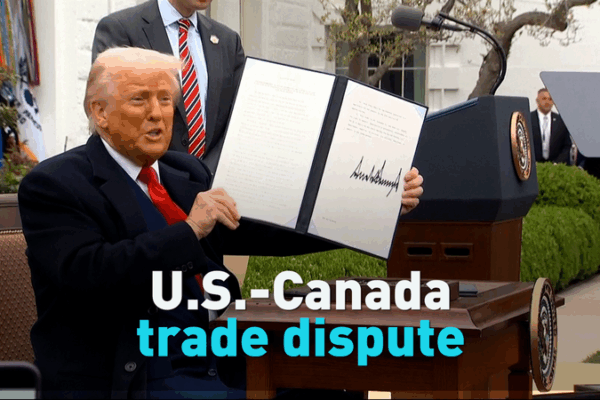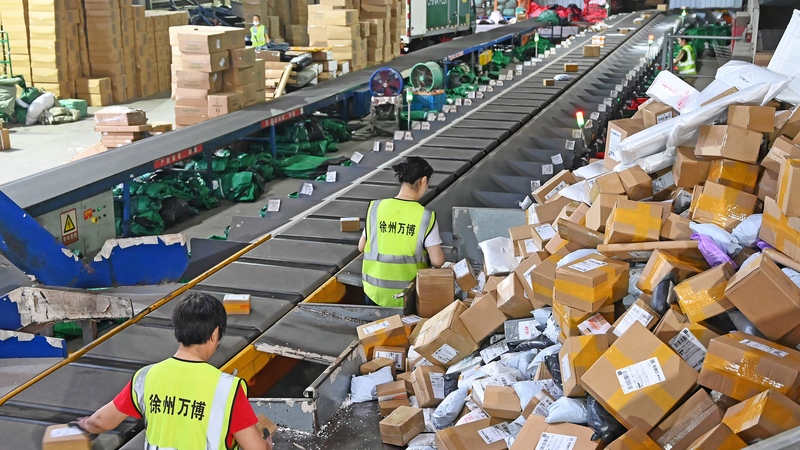
Latin Americans Embrace Chinese Brands via Cross-Border E-Commerce
Latin Americans in Mexico and Brazil are championing Chinese brands—Xiaomi, Huawei, BYD—and fueling global shopping via AliExpress, Temu, and Shein.
My Global News: Voices of a New Era
🌍 Stay Ahead, Stay Global 🚀

Latin Americans in Mexico and Brazil are championing Chinese brands—Xiaomi, Huawei, BYD—and fueling global shopping via AliExpress, Temu, and Shein.

China’s cosmetics exports rose 12% to $2.6bn in H1, driven by brands like Y.O.U, Dazzle Me and Skintific leveraging Shopee, Lazada and TikTok to capture global markets.

Traveler Zhang Dong launched Karajol Farmers Market after discovering Xinjiang lamb’s flavor, blending livestream e-commerce with Uygur felt-making to boost incomes and preserve heritage.

How enterprises in the Chinese mainland leverage automation, e-commerce and sustainable practices to survive and thrive amid global tariff tensions.

Foreign direct investment on the Chinese mainland fell 15.2% in H1 2025, but 30,014 new foreign firms—up 11.7%—landed, led by high-tech and e-commerce boosts.

Despite tariff war uncertainties, consumers in the Chinese mainland are driving e-commerce growth through livestreaming—snapping up everything from premium pet food to next-gen beauty essentials.

CGTN host Cherry Qiu leads a youth forum with journalists from Brazil, South Africa and India on how BRICS cooperation in e-commerce, visas and tech is reshaping lives.

The U.S. and Canada shift their trade dispute to digital services, drawing tech giants into a showdown over data and digital policy.

The Chinese mainland’s 618 festival smashed records with over 2.2bn orders, driven by trade-ins, AI-powered services and a boom in instant retail.

Uncover three game-changing trends from China’s ‘618’ Shopping Festival: extended duration, booming home appliance sales, and a surge in global transactions reshaping e-commerce.